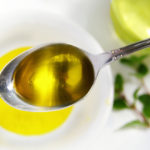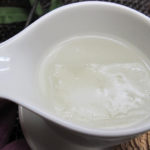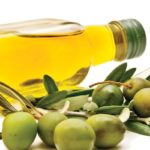Choose the right pork cut
The reality is that not all pork cuts are the same. Depending on the specific part, we will have different cooking methods. For example, for roasted or grilled meat, you need to choose a large and fatty piece like the shoulder or butt. The fat content in these cuts helps to keep the meat moist and tender throughout the cooking process.
To get a delicious and perfectly cooked grilled pork chop, it is recommended to choose pre-cut chops. The pre-cut bone helps regulate the internal temperature and prevents overcooking.
Another important factor is the quality of the meat you buy. Purchasing high-quality pork or even traditional pork instead of factory-farmed pork will give you the best quality dish no matter how you cook it.

Marinating the pork
Seasoning the meat is a general rule for any dish. Properly marinating the pork not only enhances the flavor in each bite, but it can also create a crispy and interesting texture when cooked at high temperatures.
Salt and pepper are two essential spices. Especially for dishes made from lean pork cuts like loin and tenderloin. If not marinated, they can become bland, so remember to season with salt and pepper before cooking.
When the spices mix with the fat and meat during cooking, it creates a delicious flavor.
Each pork dish will have different marinating methods. If you plan to grill ribs or roast a whole pig, you should add more spices and aromatics to create a rich flavor.
You can also consider soaking the pork in saltwater before cooking to enhance the flavor. And don’t forget the important role of sauce.
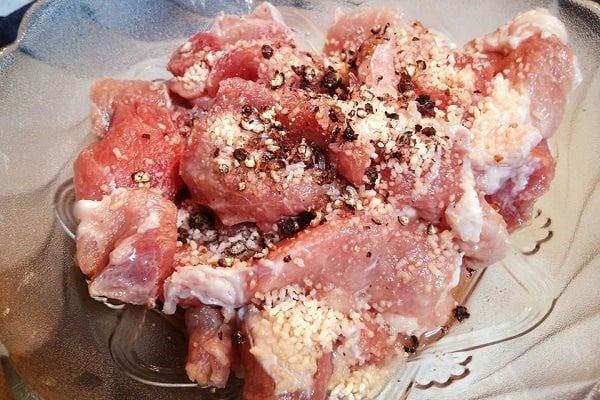
Pour oil directly on the pan or grill instead of the pork
Many people have the habit of pouring some cooking oil into the hot pan before adding the pork to prevent burning or sticking. However, instead of pouring oil into the pan, try pouring oil directly onto the pork.
This will create a layer that evenly distributes heat to the meat and also prevents the oil from drying out or burning too quickly in the pan, resulting in overcooked or burnt meat. For grilled pork, coating it with oil also prevents it from sticking to the grill or becoming dry.
Applying oil to the pork will be especially useful if you plan to rub it. This way, the spices will evenly coat the entire surface, allowing the flavor to penetrate deeply into the meat.
Cooking undercooked pork and the risk of illness
Raw or undercooked pork can contain bacteria and parasites, including trichinosis and tapeworms, leading to infection, weight loss, and a range of other unpleasant symptoms.
The USDA Food Safety and Inspection Service (United States) advises that to avoid this risk, pork must always be cooked to an internal temperature of at least 145 degrees F (63 degrees C).
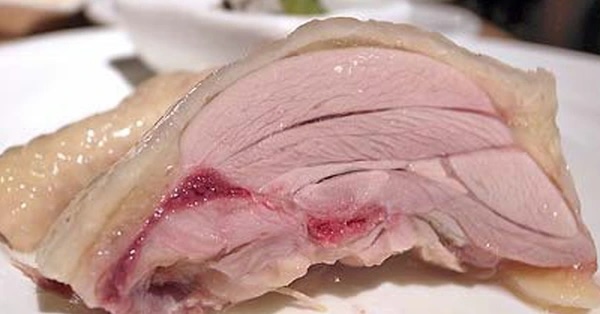
Not letting the pork rest before cutting
To have a perfectly delicious pork piece, it has to go through several steps. This makes you eager to taste them.
But you need to give the meat some resting time. When the meat is heated, the muscle fibers tighten and all the juices concentrate in the middle. If you cut it right away, the juices will spill onto the cutting board.
If the meat is taken out of heat and allowed to rest for a while, the muscles will relax as everything cools down and the juices will redistribute evenly throughout the meat.
Tips on Selecting Healthy Cooking Oil and Safe Ways to Cook with It
A Taiwanese company has made a significant impact on the food industry through the recycling of over 700 tons of dirty oil, which has been exported to over 12 countries, including Vietnam. This has raised a few eyebrows among housewives, as cooking oil is an essential condiment in daily cooking. To ensure the safety and quality of their cooking oil, consumers should take note of the following advice.


























